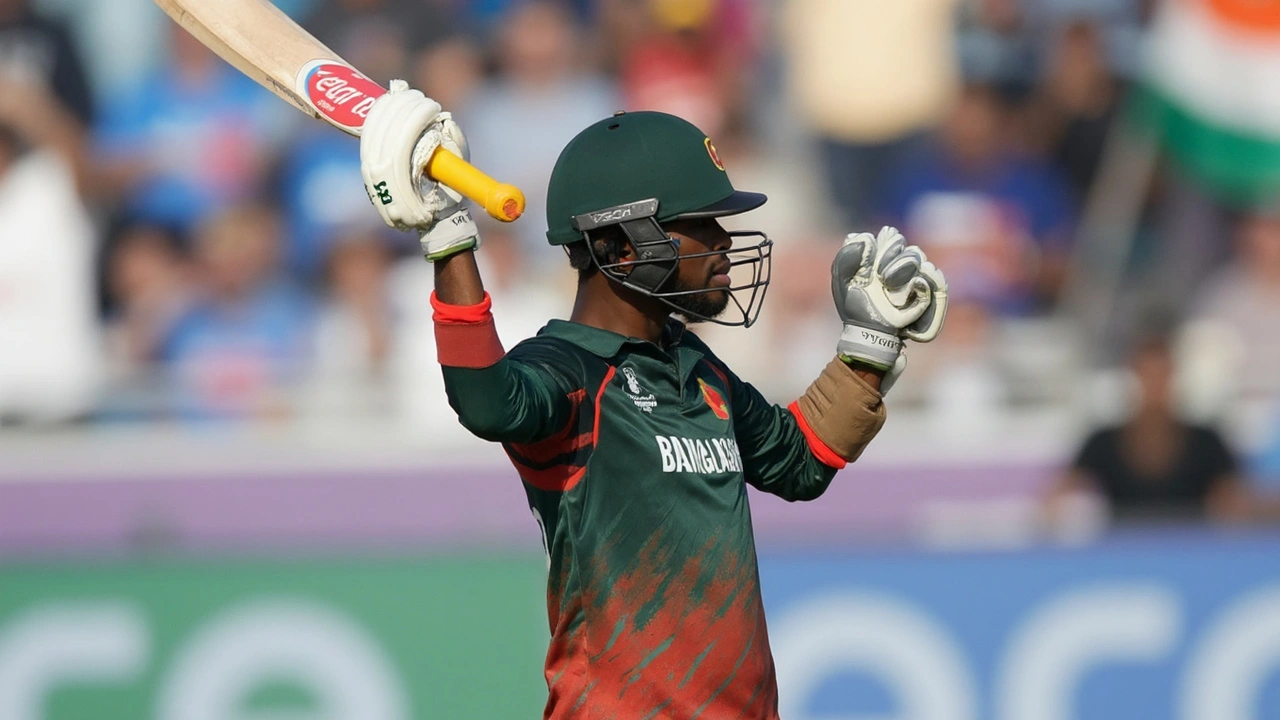Bangladesh's Rollercoaster Innings
At the Dubai International Stadium, the ICC Champions Trophy began with a nail-biting clash between India and Bangladesh. Opting to bat first, Bangladesh quickly found themselves in disarray. Their innings was off to a rocky start as Mohammed Shami and debutant Harshit Rana delivered early blows, sending multiple batsmen back to the pavilion within the first few overs. Within ten overs, Bangladesh limped to 35/5, a scenario that looked dire.
Shami showed his prowess by picking up key wickets, including the dismissals of Soumya Sarkar and Tanzid Hasan. Complementing him was Rana, who added Najmul Hossain Shanto to his list of early victims. This momentum was further accelerated by Axar Patel's sharp bowling, where in one memorable over, he dismissed Tanzid Hasan and Mushfiqur Rahim, falling just short of a hat-trick due to a missed catch by Rohit Sharma.
The situation demanded a heroic effort, and that's where Towhid Hridoy and Jaker Ali came into play. Their partnership, which brought twin fifties, not only offered stability but managed to pull Bangladesh out of an almost certain collapse. Together, they stitched a crucial 100-plus run stand for the sixth wicket, showcasing resilience and skill to give their side a fighting chance.
India's Challenging Chase
Facing a target of 229 runs, India began their innings with both confidence and caution. Shubman Gill and Virat Kohli, both seasoned campaigners, took to building a stable opening platform for their team. KL Rahul, however, had a moment of luck when Jaker Ali dropped him on 9, something that could have tipped the chase into uncertain waters.
This match also serves as an important test for India under the joint leadership of Rohit Sharma and Gautam Gambhir, especially after a grueling tour of Australia. The current challenge examines their strategies in the ODIs just after the T20 World Cup. Throughout the match, Shami, Rana, and Patel highlighted their bowling might, which was imperative considering Jasprit Bumrah's absence left some questioning India's death-over strategies.
The Dubai pitch, known for being tricky due to its slowness, offered diverse opportunities for both spinners and pacers. For India, this context amplifies the importance of every bowler stepping up, especially when competing on such a global stage. In contrast, Bangladesh seeks retribution, hoping that their mid-innings resurgence, led by Hridoy and Ali, can keep them competitive despite the tough start.






